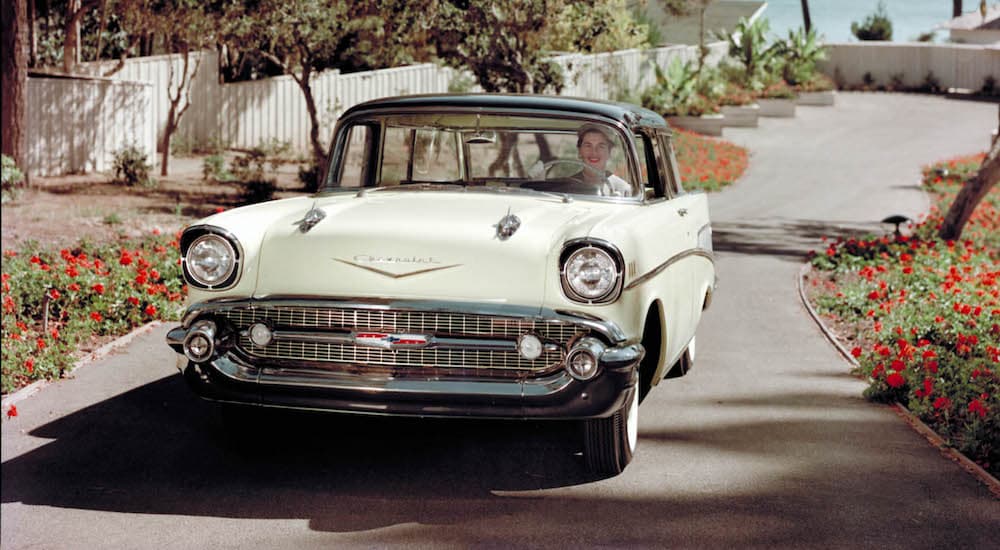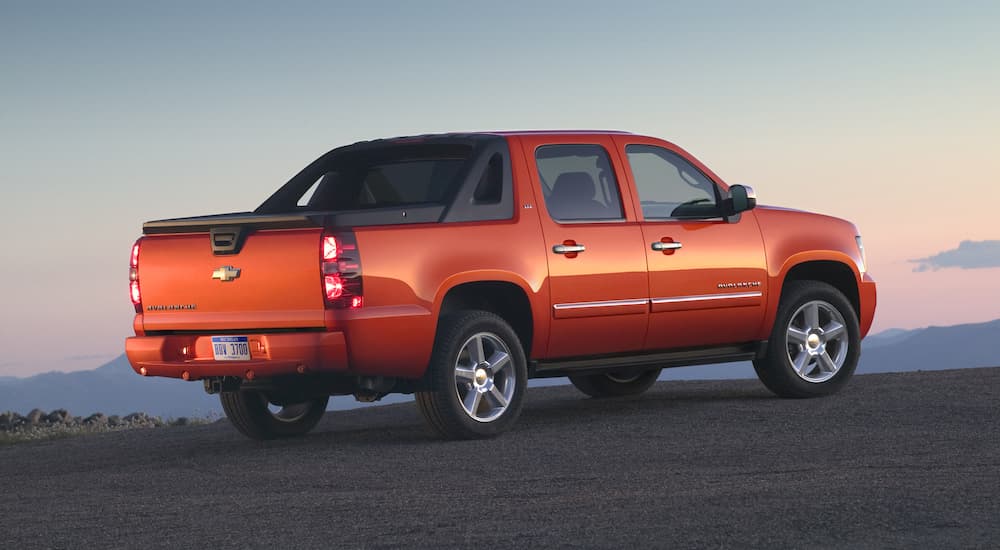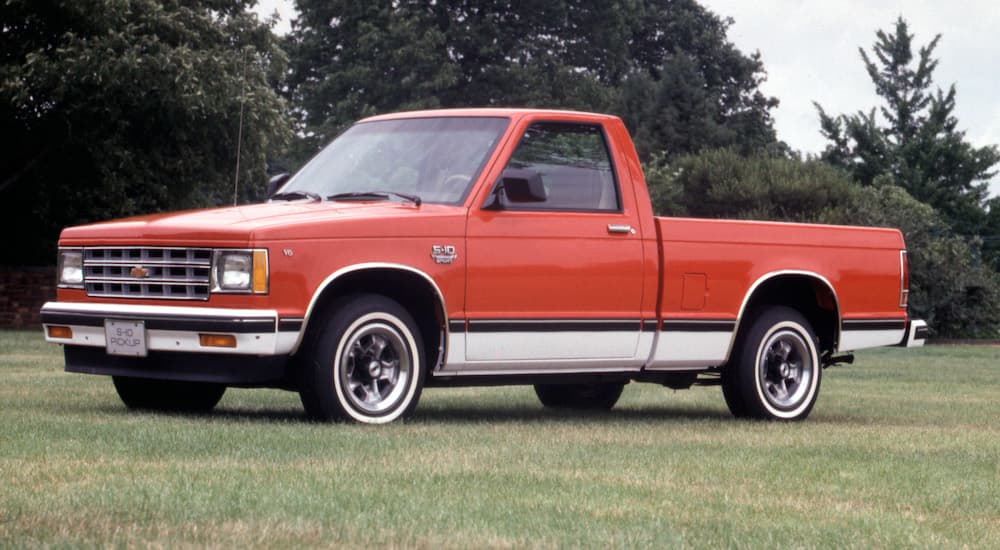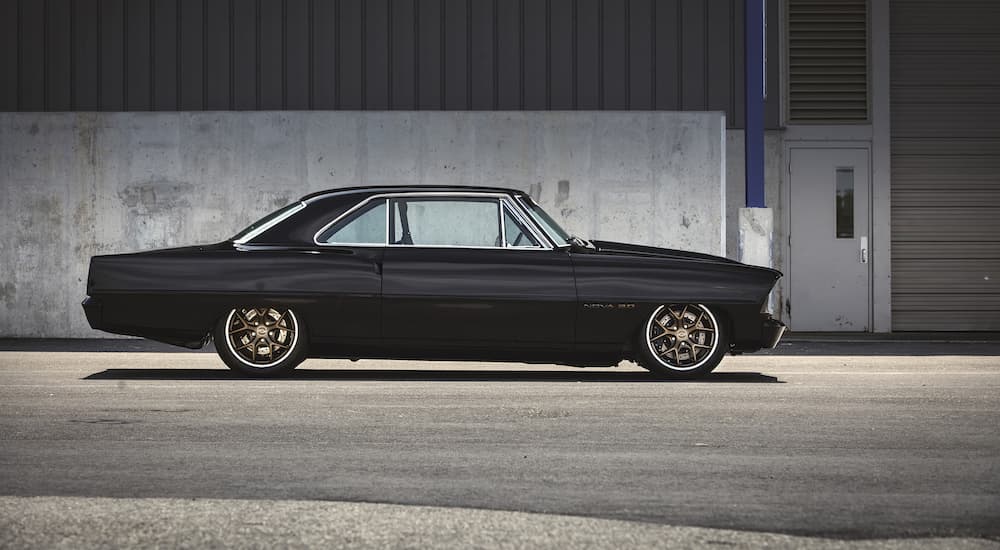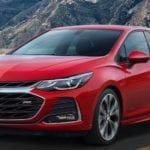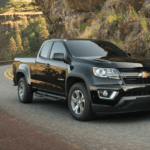One of the most powerful forces in the world is the lure of nostalgia. We love pining for the days of old and reveling in the warm feelings of what once was and what might never be again. This is nowhere more evident when it comes to vehicles of the past. The Plymouth Barracuda, Volkswagen Karmann Ghia, and even the Ford Pinto. There’s something about the designs of the past that we find alluring, and some of us are fortunate enough to have personal memories attached to them. Imagine the scenario of stepping foot at a Chevrolet dealer and finding a classic of old, or possibly a reinvigorated version of one. Since 1997, the Chevy Malibu has enjoyed a wonderful second life as an ideal sedan for the average consumer. We’re opening the history books and looking at some Chevy models that could benefit from a meaningful resurrection.
#1 – Chevy Bel Air
One of the most iconic examples of Americana, the Bel Air is instantly recognizable as a symbol of the carefree innocence that many people associate with the 1950s and early 1960s. George Lucas’ immortalized this nostalgia in his film, American Graffiti, which even had the tagline “where were you in 62?” When people mention the classic and iconic ’57 Chevy, this is the model they’re referring to. The Bel Air was spacious, luxurious, and remains a highly sought-after item from collectors. Producing 283 horsepower was only part of the appeal, as the tailfins created a distinctive look that remains firmly ingrained in the minds of many.
The Bel Air was first introduced in 1950, and production eventually ceased in 1981. Like the Malibu, the Bel Air had an evolution that could easily be described as “domestication.” While there was no shortage of Bel Air trims with powerful big-block motors, the unique body style became less ostentatious and more in line with the Impala, which would eventually take its place. While the early 1970s would see the car becoming a favorite of various law enforcement agencies, the flair and style that had been so prominent in the 1950s were all too conspicuous by their absence. A 2002 concept car of a modern Bel Air was created but never entered production.
While it’s improbable that a new incarnation of the Bel Air will come about, it would be interesting to see the ambition and style of the classic reborn in a bold new way.
#2 – Chevy Avalanche
As we depart from the period of nostalgia past, we now peer into the glasses of nostalgia recent. While the Chevy Bel Air and Chevy Avalanche are decades apart from one another, they share a common link beyond being products of the same manufacturer. The Avalanche, much like the Bel Air, had a very distinctive look that set it apart from many of its competitors outside of GM. Arriving in 2002, the Avalanche was a pickup unlike any other. A cross between a pickup and SUV, the Avalanche has a loyal fan base to this day, and it’s quite easy to see why.
A 5.3L V8 engine was more than formidable, with the ability to generate 320 horsepower and 335 lb-ft of torque. Seating for five ensured that a comfortable ride was had by all. The Avalanche also had a towing capacity of 8,100 lbs. This made it ideal for the average consumer’s trailering needs. Of course, a 1,326 lb payload capacity wasn’t too shabby in terms of carrying a day’s workload.
Of course, one of the characteristics of the Avalanche was its ground clearance, which measured over 9 inches. Elevated and lifted trucks were very popular in the early 2000s, and the Avalanche seemed to be the perfect concoction of style and performance that appealed to many. Discontinued in 2013, its lifespan wasn’t as lengthy as some of the other Chevy models, but its style and aesthetic were recently reinvigorated for the new Chevy Silverado EV. Still, having a re-energized Avalanche paired with a Duramax diesel certainly has the potential to raise the standard of the pickup truck once again.
#3 – Chevy S-10
We’re continuing on with the wonderful world of the Chevy pickup. While the Chevy S-10 might not have the aesthetic of the Avalanche, it possessed its own advantages and attributes. Introduced in 1982 and discontinued in 2004, the S-10 had a long and healthy life as a viable alternative to the Ford Ranger. While the Chevy Colorado effectively took its place in 2004 and remains Chevy’s smaller-sized pickup option, the S-10’s legacy is one of being reliable and dependable.
The S-10 has a very interesting part to play in the evolution of Chevy pickups, as it was the first (along with the GMC Sonoma) to feature the ZR2 off-road package in 1994. Featuring a wider track and an elevated ground clearance, it gave drivers the chance to have adventures off the beaten path in a vehicle designed just for them. The ZR2 package was discontinued by Chevy in 2005 but was brought back in 2017 and is available on the Colorado and Silverado.
Although the Colorado is a more than worthy replacement for the S-10, a smaller pickup for city dwellers could be very economical, especially if paired with an EV powertrain.
#4 – Chevy Nova
For our final Chevy model that we’d like to see make a triumphant return, we once again turn back the pages of history as we travel in our way-back machine to the early 1960s. The Chevy Nova was truly a product that represented Chevy’s ambitiousness to have a vehicle that could satisfy the needs of any driver, as well as the aesthetic and interests they might have. The first generation of the Nova, which started rolling off assembly lines in 1962, came in a variety of styles that suited any need. For the family, there was both a four-door sedan and station wagon, and for those who craved a certain amount of style and finesse, there was a two-door convertible, though this model was only manufactured for two years.
The premise that made the Nova such a unique vehicle was that it possessed variety and was consumer-friendly in terms of versatility. While the Nova would eventually be transformed into the Geo Prizm in the late 1980s, there’s a fondness and affection for the vehicle that has remained consistent throughout the years.
A rebirth of a Nova line that had a variety of options would be ideal for today’s world. You could have trims that emphasize sportiness and style and others that offer advantages to the average consumer and family-oriented driver. Just as an old brochure stated, the Nova was “not too big, not too small, not too expensive.” Considering the need for fuel-efficient vehicles that are affordable to the average consumer, a return of the Nova could be a game-changer, for the lack of a better term.
History Repeats Itself, But Will They?
These models are among some of the unique designs and offerings that Chevy has manufactured throughout the years. History tends to repeat itself, and with the Malibu’s triumphant rebirth, there’s always a possibility that these Chevys will make a return. It’s just one more reason why it’s the brand that Americans love most.
